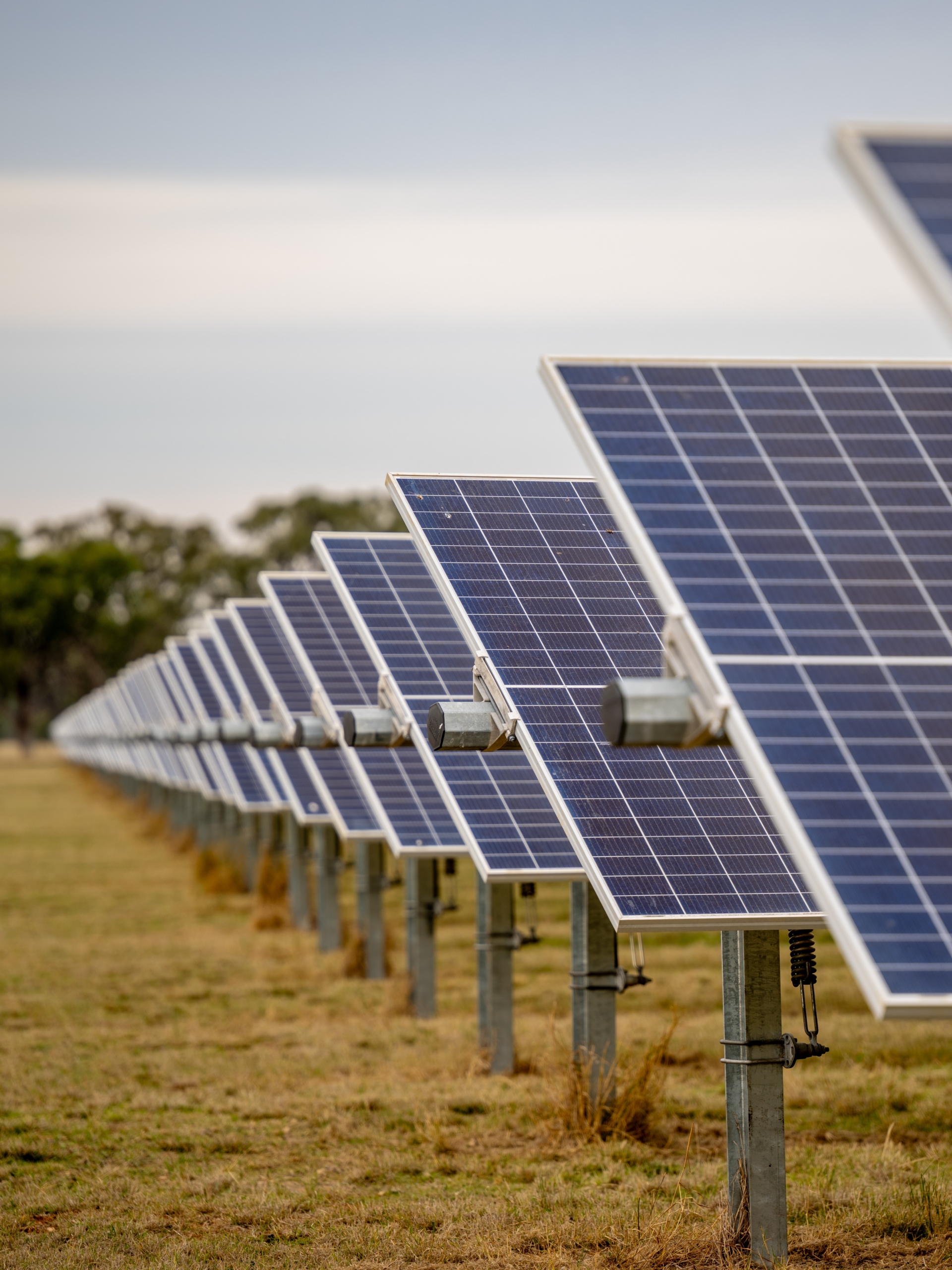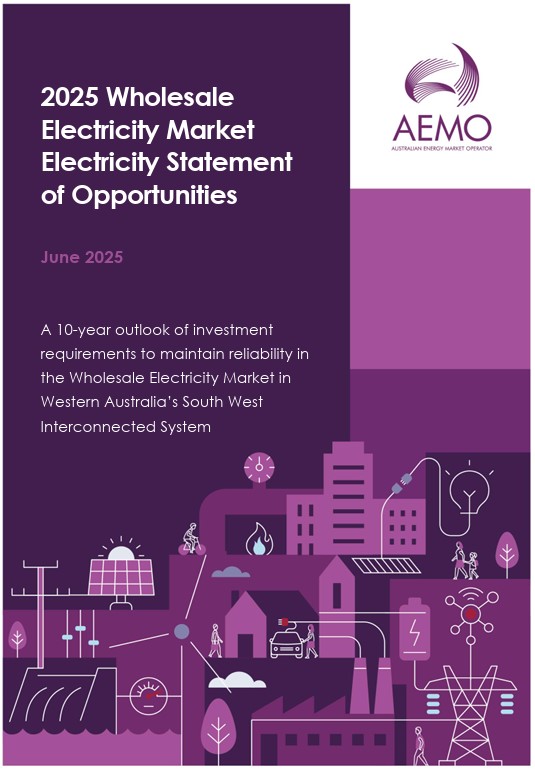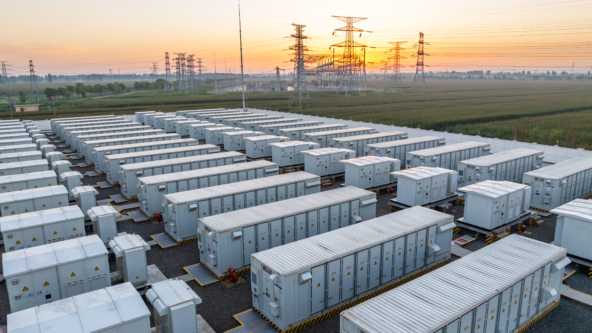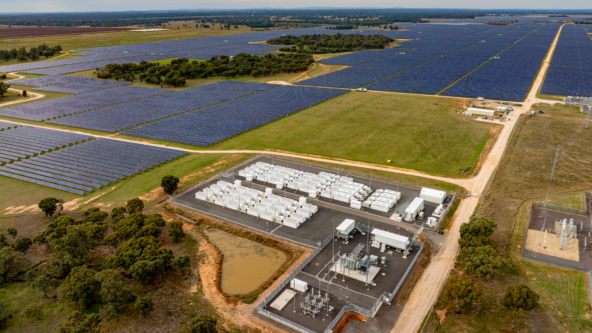Federal battery rebate launches to promote home energy storage
| Australia’s Cheaper Home Batteries Program commenced on 1 July 2025, offering households, small businesses and community organisations an upfront rebate of approximately 30% on eligible battery installations. This initiative aims to make energy storage more accessible, enabling users to store excess solar energy for use during peak times or at night, thereby reducing reliance on the grid and lowering electricity bills. Prior to the program’s initiation, home battery adoption in Australia was relatively low, with only one in 40 households having installed batteries. This is despite over four million homes being equipped with rooftop solar systems. This disparity was largely due to the high upfront costs associated with battery installations. The new Government rebate is delivered through the Small Scale Renewable Energy Scheme and is based on the battery’s usable capacity, significantly reducing the upfront cost. This program is part of the Federal Government’s broader strategy to enhance renewable energy adoption. It’s anticipated that the program will support the installation of over one million new batteries by 2030, enhancing energy independence and contributing to national renewable energy goals. |
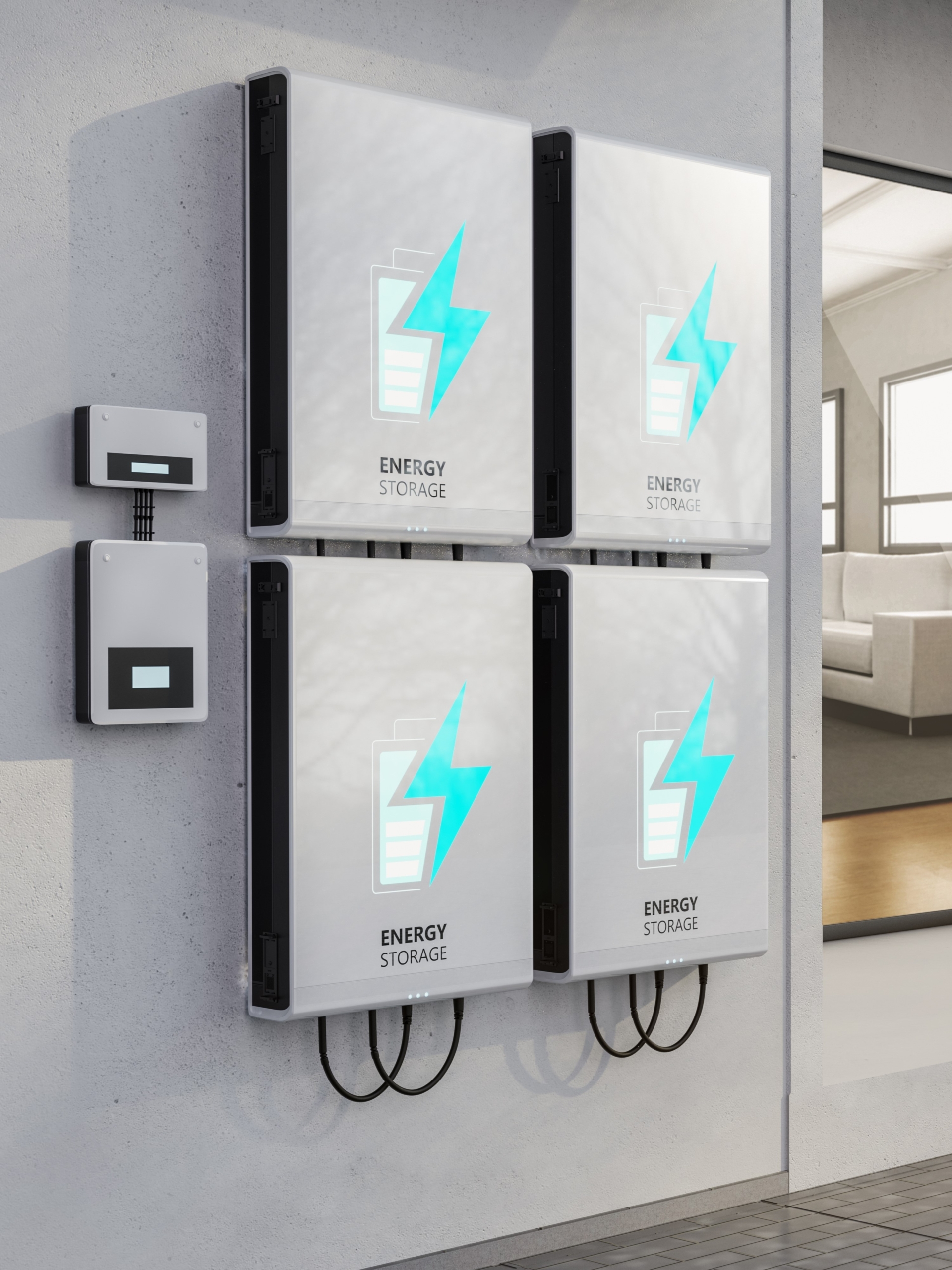
Battery boom eases summer shortfall in WA electricity market
| The Australian Energy Market Operator (AEMO) has released the 2025 Wholesale Electricity Market Electricity Statement of Opportunities (WEM ESOO), providing a 10-year outlook for Western Australia’s Southwest Interconnected System (SWIS). The report identifies a forecasted 50MW capacity shortfall for the 2025–26 summer, a reduction from previous years, attributed to significant investments in battery storage. Since 2023, approximately 500MW of battery storage has become operational, with an additional 728MW expected online by 2025-26. Despite these advancements, AEMO emphasises the need for continued investment in generation, longer-duration storage and network infrastructure to meet growing peak demand and offset retiring power stations. The WEM ESOO also introduces new planning criteria, including the Electric Storage Resource Duration Requirement, to ensure sufficient flexible capacity. AEMO highlights that timely and coordinated delivery of projects is crucial to maintain reliability and security in the SWIS. |
The evolution of Australian electricity generation
| Australia’s electricity sector is experiencing one of the most significant transformations in its history, driven by the shift from fossil fuels to renewable energy sources. Today, renewable energy sources account for around 40% of generation in the country’s largest electricity market, the National Electricity Market (NEM) – a remarkable increase from less than 1% in 2000. As a leading renewable energy developer and fund manager, Octopus Australia is at the forefront of this energy transition, leveraging its expertise to invest in and develop essential renewable energy assets across Australia. To understand this evolution and the factors shaping the future energy landscape, it’s helpful to reflect on the history of Australia’s electricity generation. |
